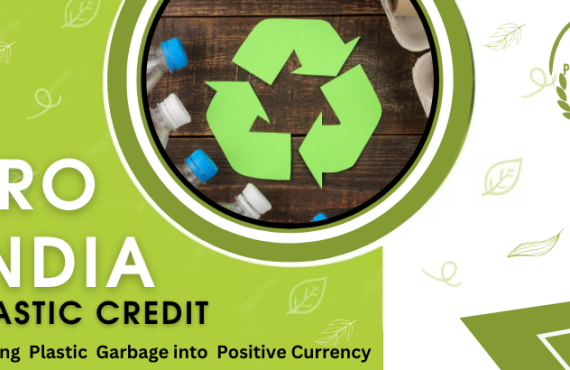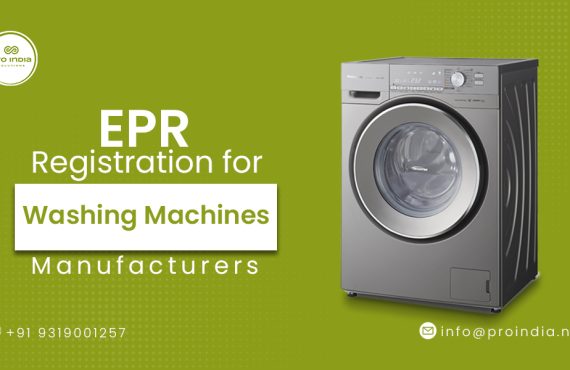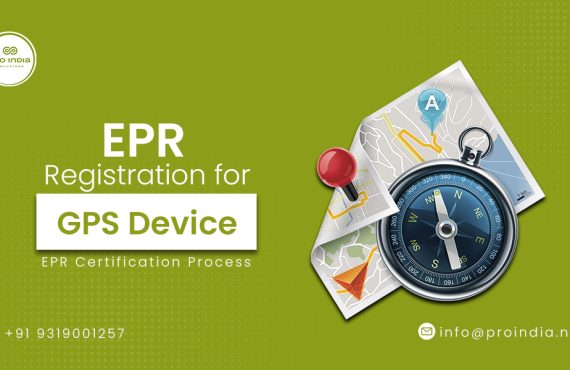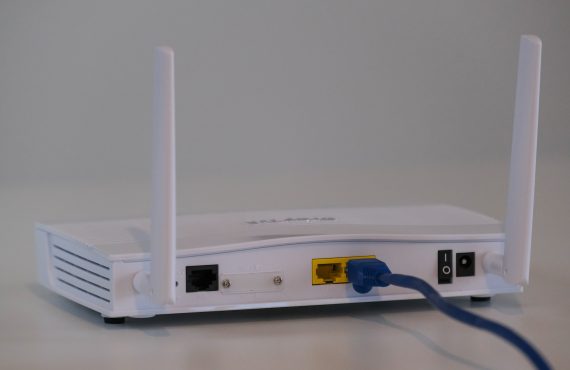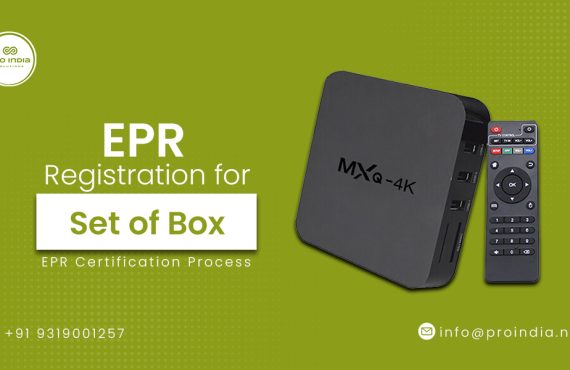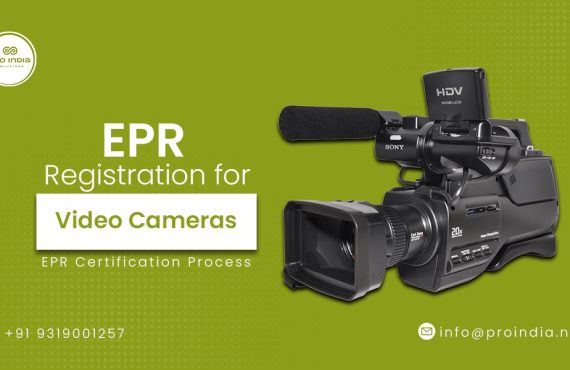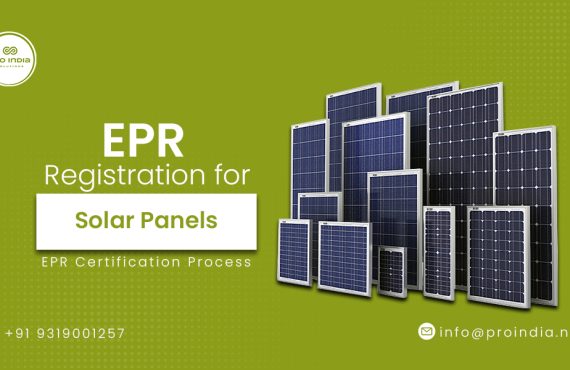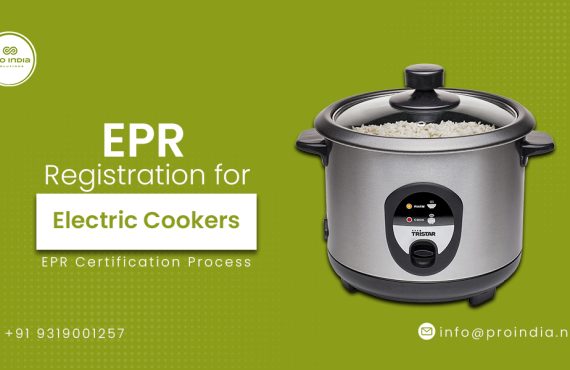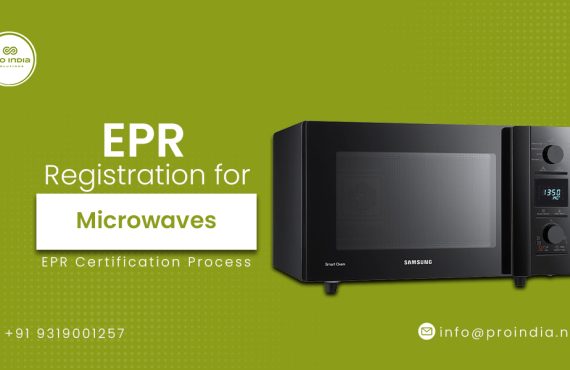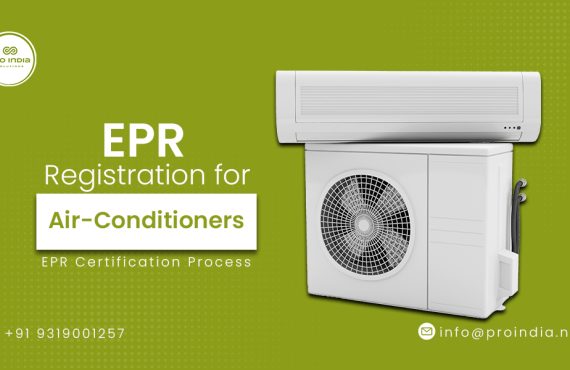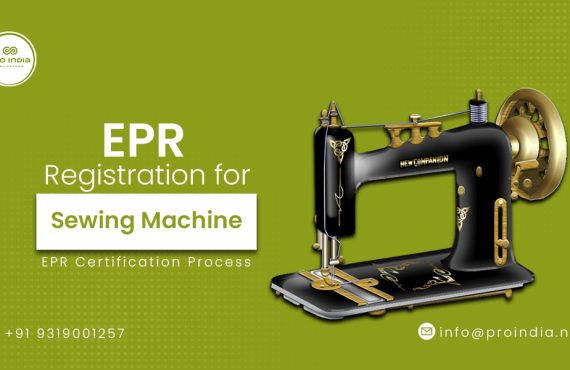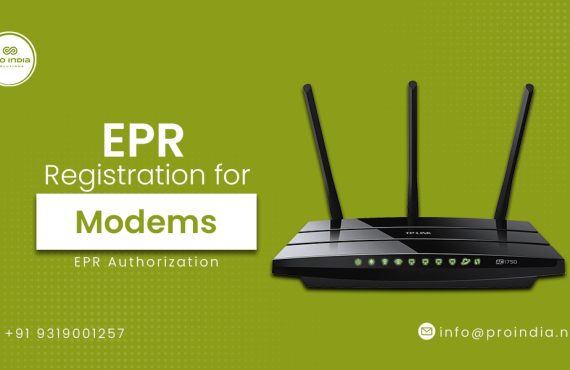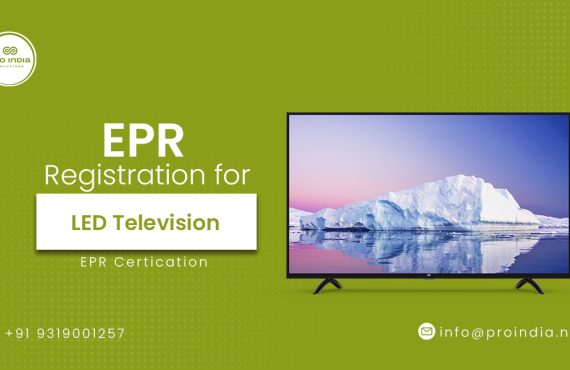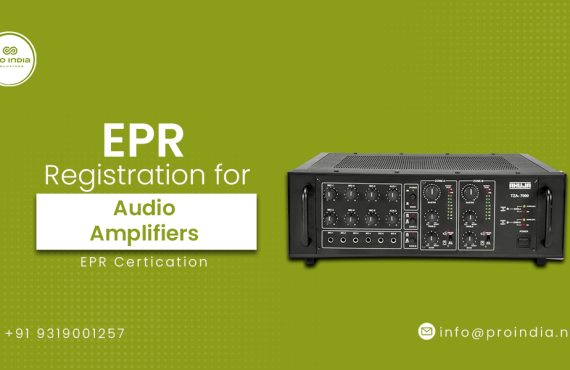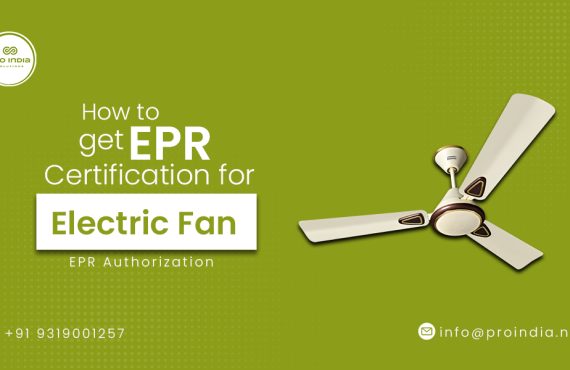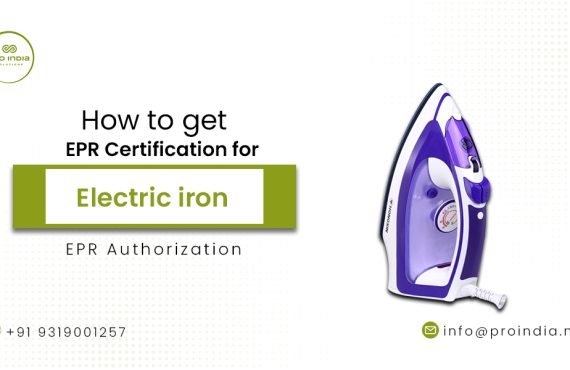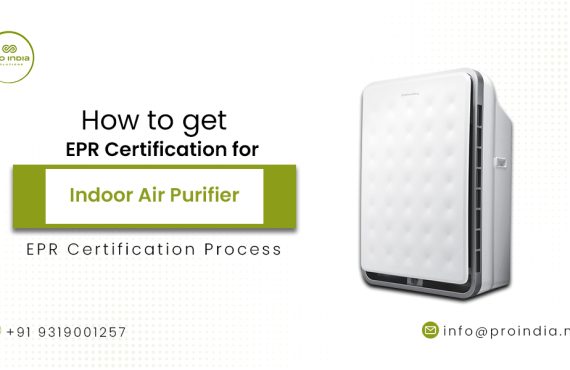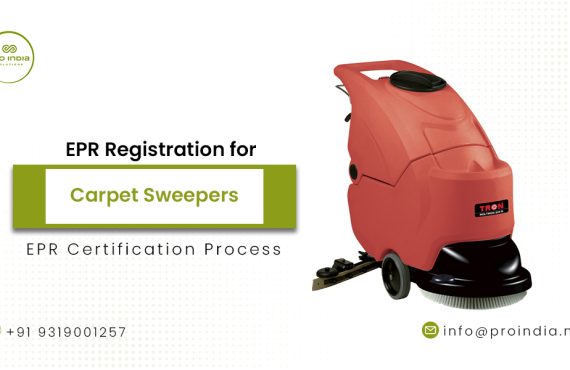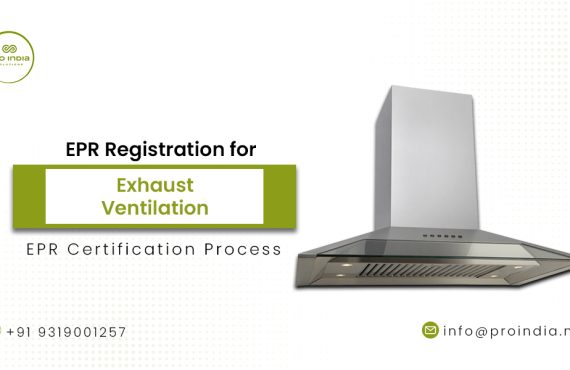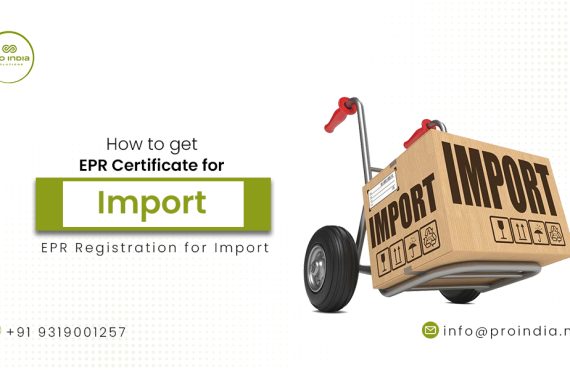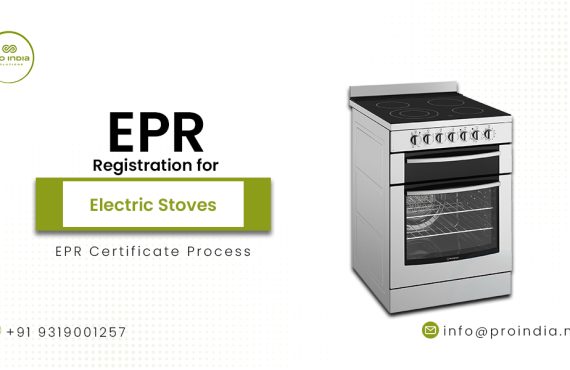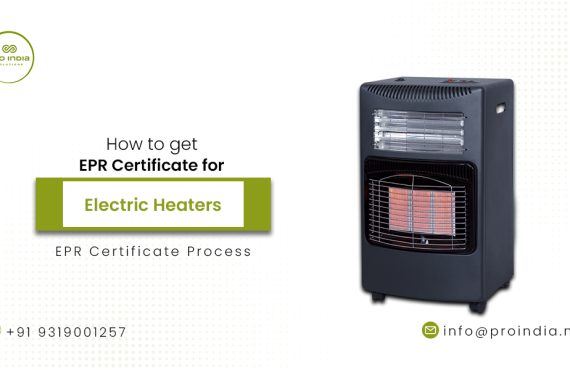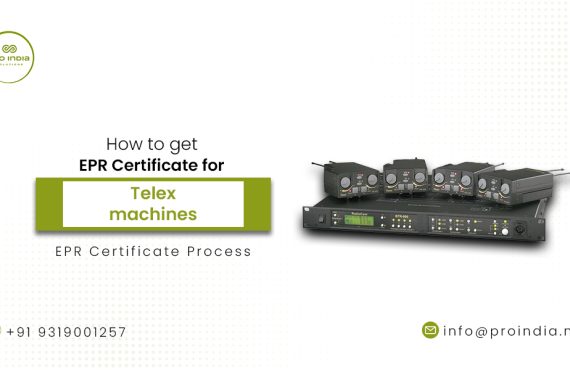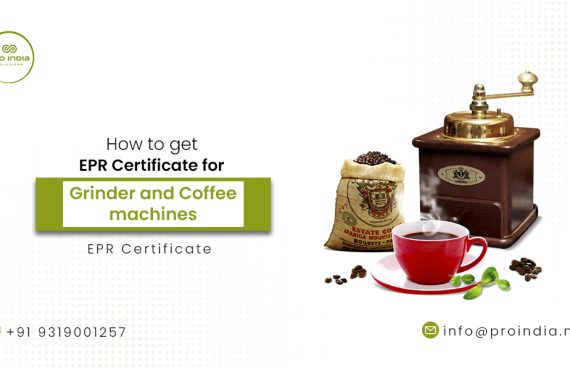Introduction:
Effective disposal and recycling of electronic items have become crucial in today’s environmentally concerned world. Electronic gadgets like Hoover cleaners are not an exception. The Extended Producer Responsibility (EPR) accreditation ensures that producers are accountable for all aspects of the lifecycle of their products, including recycling and proper disposal. In this thorough article, we’ll go into the details of gaining EPR certification for Hoover cleaners, going through the procedures, prerequisites, and advantages of obtaining such a crucial certification.
Understanding Extended Producer Responsibility (EPR)
Start by providing a clear definition of Extended Producer Responsibility (EPR) and its significance in waste management. Explain that EPR is a policy approach that holds manufacturers responsible for the entire life cycle of their products, including their post-consumer disposal. Discuss how EPR aims to shift the burden of waste management from local municipalities to the producers, encouraging them to adopt sustainable practices and reduce environmental impacts. Highlight the role of EPR in reducing electronic waste and promoting the circular economy by encouraging recycling, reuse, and proper disposal of end-of-life products.
Discuss the importance of EPR certification for manufacturers and consumers. Explain that EPR certification is a formal recognition given to manufacturers who comply with EPR regulations and demonstrate responsible waste management practices. For manufacturers, EPR certification enhances their reputation, promotes sustainable business practices, and ensures compliance with relevant laws. For consumers, EPR certification provides assurance that the product they are purchasing has been manufactured responsibly and can be properly managed at the end of its life cycle.
Step-by-Step Guide to Obtaining EPR Certification for Vacuum Cleaners:
Provide a detailed step-by-step guide for manufacturers on how to obtain EPR certification for vacuum cleaners.
- Researching EPR Regulations and Guidelines: Explain the importance of understanding the specific EPR regulations and guidelines applicable to vacuum cleaner manufacturers. Direct manufacturers to conduct thorough research and familiarize themselves with the governing laws and regulations in their target markets.
- Understanding Relevant Laws and Regulations: Discuss the key laws and regulations that govern EPR certification for vacuum cleaners, such as waste management regulations, recycling requirements, and product labeling guidelines. Provide specific examples and references to relevant legislation or regulatory bodies.
- Identifying Specific Guidelines for Vacuum Cleaner Manufacturers: Highlight the specific guidelines and requirements that manufacturers need to meet to obtain EPR certification for vacuum cleaners. These may include criteria related to product design, materials used, recycling capability, energy efficiency, and labeling requirements. Provide detailed information on each requirement and explain the rationale behind them.
- Implementing Sustainable Practices: Discuss the sustainable practices that manufacturers should adopt to meet EPR certification requirements. This may include using recyclable or eco-friendly materials, incorporating energy-efficient technologies, designing for disassembly, and establishing take-back programs for end-of-life products.
- Documentation and Reporting: Explain the importance of maintaining accurate documentation and reporting throughout the certification process. Manufacturers should keep records of their compliance efforts, such as material sourcing, manufacturing processes, recycling partnerships, and waste management practices. This documentation will be crucial during the certification assessment.
- Collaboration with Certification Bodies: Guide manufacturers on how to engage with accredited certification bodies specializing in EPR certification for vacuum cleaners. Explain the process of submitting the necessary documentation, undergoing assessments, and complying with any additional requirements set by the certification bodies.
- Continuous Improvement: Emphasize the need for continuous improvement even after obtaining EPR certification. Encourage manufacturers to regularly review and update their practices to align with evolving regulations and industry standards. Promote the adoption of innovative technologies and practices to further enhance sustainability efforts.
- Complying with Product Design Requirement:
- Designing vacuum cleaners with recyclability and eco-friendliness in mind
- Selecting sustainable materials and components
- Ensuring energy efficiency and performance standards
- Implementing Efficient Collection and Recycling Systems
-
- Establishing collection networks and partnering with recycling facilities
- Educating consumers about proper disposal and recycling methods Documenting and Reporting Compliance
- Maintaining comprehensive records and documentation
- Submitting regular reports to regulatory bodies.
10.Benefits of EPR Certification for Vacuum Cleaner Manufacturers
-
- Enhanced brand reputation and customer trust
- Access to new markets and government incentives
- Cost savings through improved resource management
Conclusion:
Obtaining EPR certification for vacuum cleaners is an essential step towards sustainable and responsible product manufacturing. By adhering to the guidelines and requirements outlined in this guide, manufacturers can play their part in reducing electronic waste, conserving resources, and protecting the environment. Embracing EPR certification not only benefits manufacturers but also ensures a cleaner and greener future for all.
contact our experts now to meet your compliance requirements



